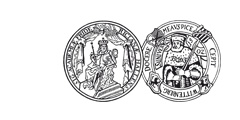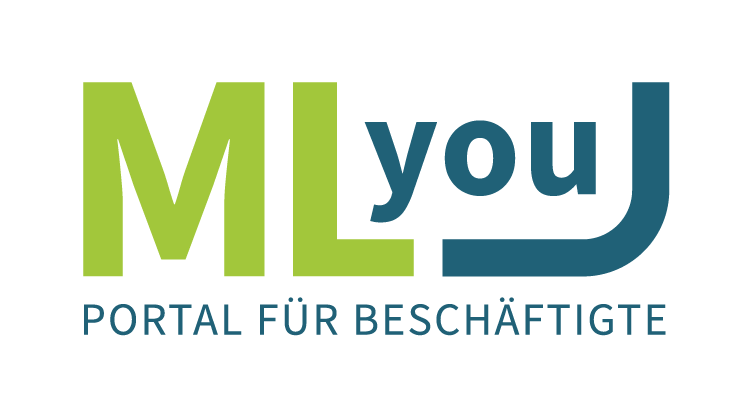Forschung
Unser Forschungsziel ist es, grundlegend neue Wege zur Synthese von kovalenten Materialien zu entwickeln. Wir versuchen mit Kontrolle und Verständnis der Synthesewege, hoch kristalline und funktionale Materialien zu erzeugen.
In unserer Gruppe arbeiten wir an einer Klasse von Materialien, bei denen aufgrund einer netzartigen Struktur eine außergewöhnliche Kontrolle über die Materialstruktur und -Zusammensetzung möglich ist. Diese netzartigen Materialien werden aus organischen Bausteinen aufgebaut, die entweder mit metallorganischen Knoten kombiniert werden, um metallorganische Gerüstverbindungen (MOFs) zu bilden, oder mit reversiblen kovalenten Bindungen, um kovalente organische Gerüstverbindungen (COFs) zu bilden. Durch die Verwendung starrer Bausteine mit starken gerichteten Bindungen zwischen ihnen können kristalline, poröse und hochfunktionelle Materialien erhalten werden.

Struktur eines Porphyrin basierten kovalenten organischen Netzwerks
Die Strukturen dieser netzartigen Materialien lassen sich direkt auf die Geometrie, Form und Eigenschaften der organischen Bausteine zurückführen. Wir nutzen daher die kreative Chemie, um neue Bausteine und damit Strukturen zu entwerfen. Neben der organischen Synthese von Bausteinen und den daraus resultierenden Materialien, untersuchen wir intensiv die oftmals komplexe Struktur dieser Materialien mittels Röntgenbeugung (SC-XRD, PXRD, PDF, etc) sowie spektroskopischen Methoden (IR, ssNMR, UV-Vis).
Aktuelle Projekte
Frustrierter Zusammenbau
Die Synthese von vorsätzlich frustrierten Linkersystemen führt zu emergentem Verhalten und Komplexität und kann selbst als Designwerkzeug verwendet werden. Frustration wird durch den Entwurf von Bausteinen erreicht, deren lokale Geometrie oder Symmetrie nicht mit der Bildung ausgedehnter Strukturen vereinbar ist.
Beispielpublikation:
F. Haase*, G. Craig, M. Bonneau, K. Sugimoto, S. Furukawa*
“Pseudo-5-Fold-Symmetrical Ligand Drives Geometric Frustration in Porous Metal-Organic and Hydrogen-Bonded Frameworks ”
J. Am. Chem. Soc. 2020, 142, 32, 13839–13845
Topochemische Reaktionen
Retikuläre Materialien sind in der Regel porös und ihre innere Struktur ist daher zugänglich, um Reaktionen an den Porenwänden und Linker-Rückgraten durchzuführen. Durch chemische Manipulation des Rückgrats von netzartigen Materialien können die Struktur und die Eigenschaften des Materials stark beeinflusst werden.
Beispielpublikation:
F. Haase, E. Troschke, G. Savasci, T. Banerjee, V. Duppel, S. Dörfler, M. Grundei, A. M. Burow, C. Ochsenfeld, S. Kaskel, B. V. Lotsch,
“Topochemical conversion of an imine- into a thiazole-linked covalent organic framework enabling real-structure analysis ”
Nat. Comm. 2018, 9:2600.
Neuartige Wege zu kovalenten Festkörpern
Bei derzeitig verfügbaren Synthesewegen für kristalline kovalente Materialien gehen viele interessante Eigenschaften, wie Leitfähigkeit, verloren. Daher untersuchen wir neue Synthesewege, die kristalline Materialien auch mit starken kovalenten Bindungen bauen können, bei denen diese Eigenschaften nicht verloren gehen.





